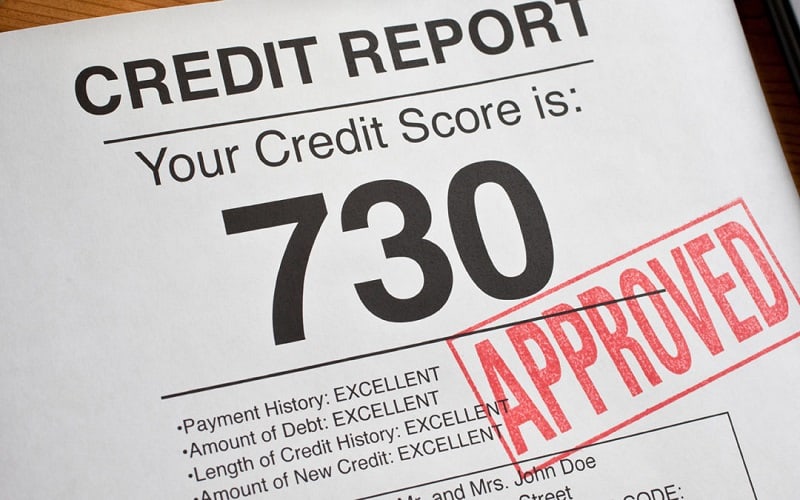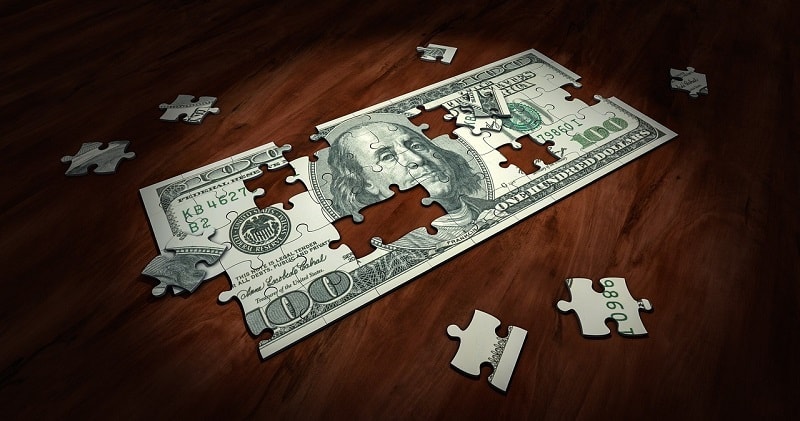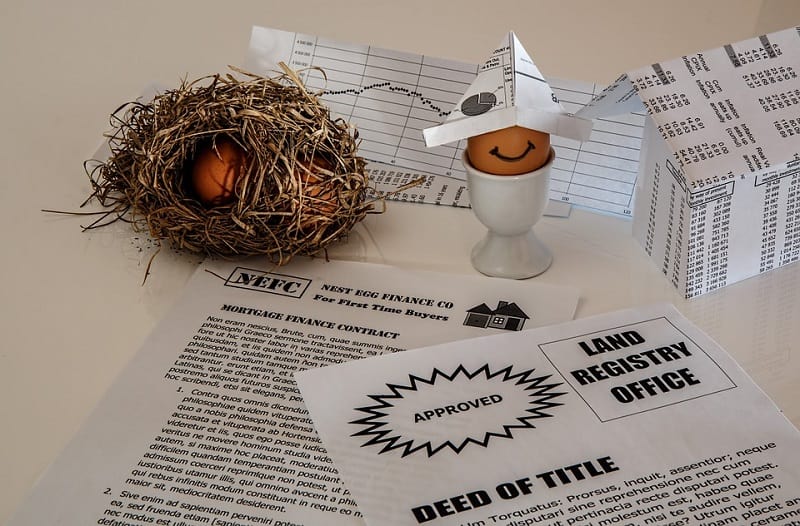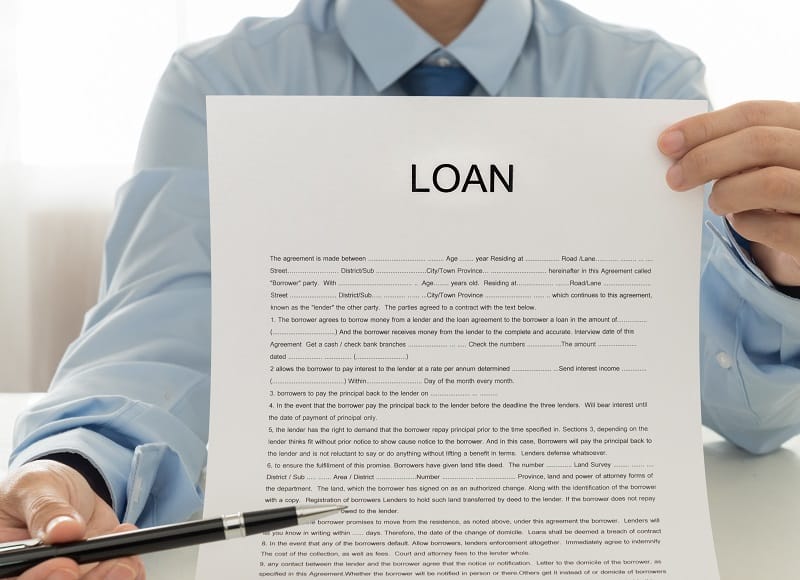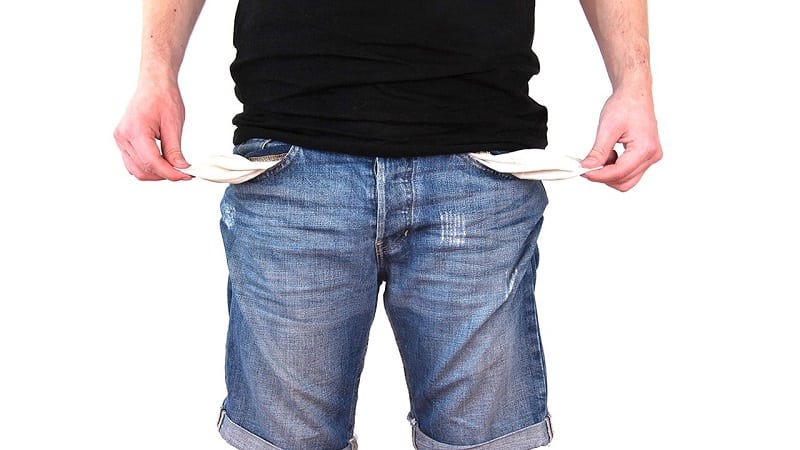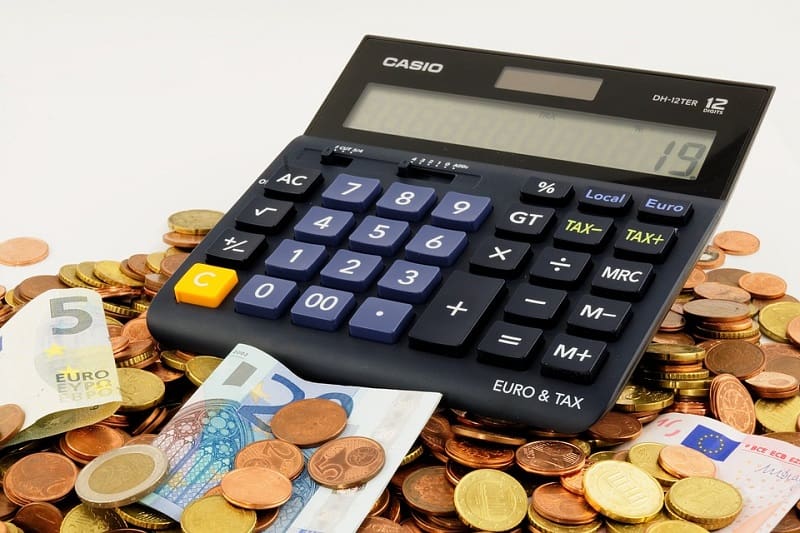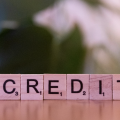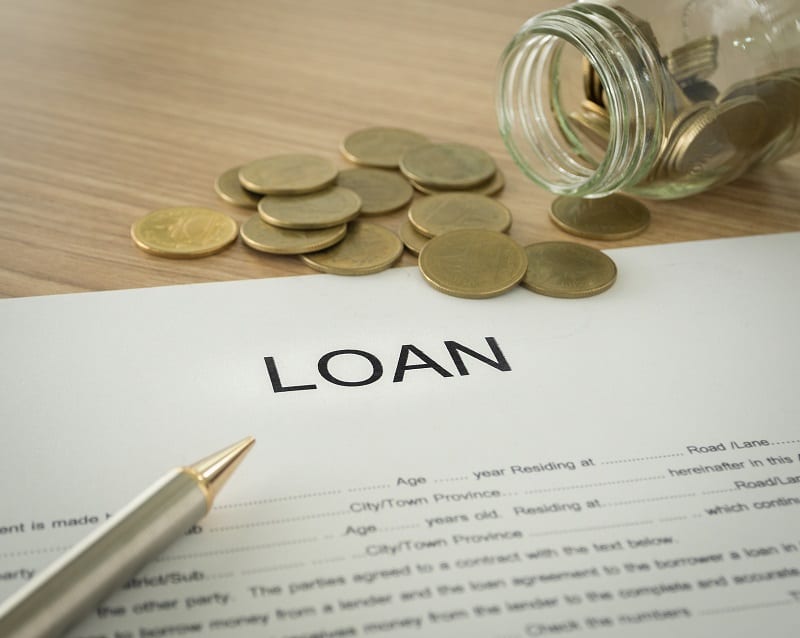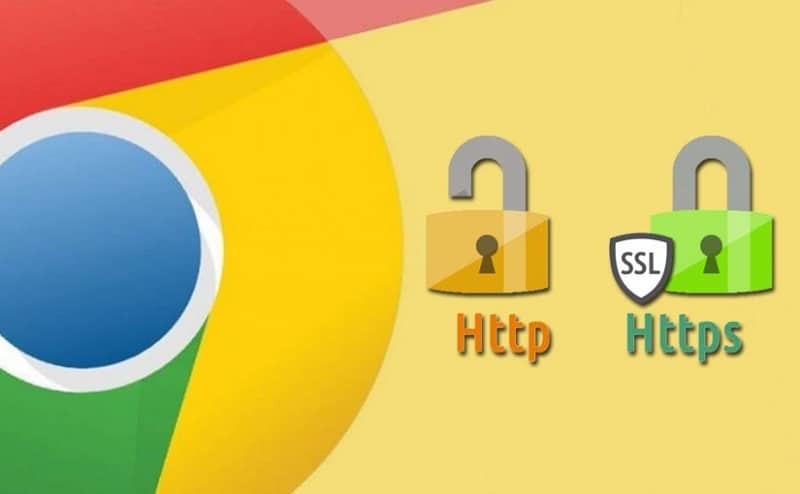Credit cards are often seen as tools for convenience, emergencies, or building a financial track record. But not everyone can qualify for a traditional card. That’s where secured credit cards come in. They work differently from standard cards, requiring a refundable deposit that becomes your credit limit. For people trying to rebuild or establish credit, this option can be a game changer. While tools like an auto title loan in Greenville, SC can help handle expenses, a secured card offers a safer and more structured way to gain financial footing.
Table of Contents
How Secured Credit Cards Work
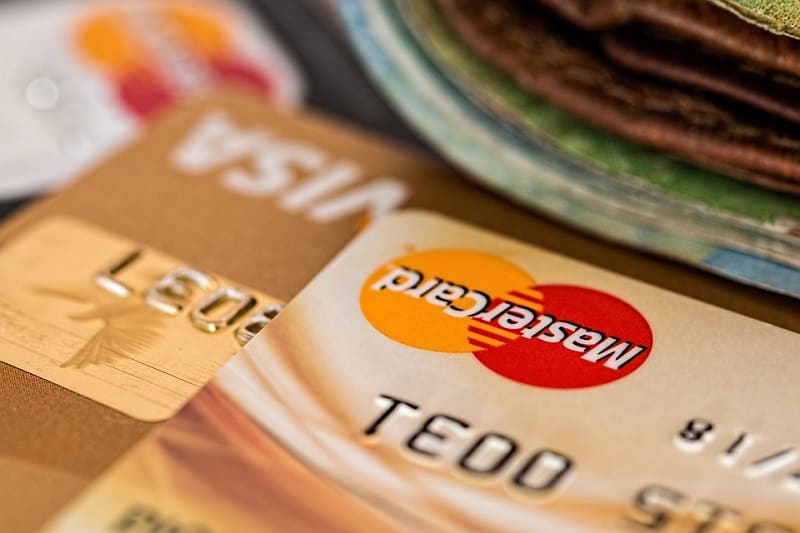
At the heart of a secured credit card is the security deposit. When you open an account, you’ll typically be asked to provide a cash deposit that matches your desired credit limit. For example, a $500 deposit usually means a $500 credit limit. The card then works just like a regular credit card—you can use it for purchases, pay your balance, and even carry a balance if needed. The difference is that the deposit protects the lender in case you fail to make payments. If you default, the issuer can use that deposit to cover the loss.
Why Secured Cards Matter
Secured credit cards are particularly useful for people with little or no credit history, or those with damaged credit. Unlike prepaid cards, secured cards report your payment activity to the major credit bureaus. This reporting is what helps build or rebuild your credit score over time. By consistently making on-time payments and keeping balances low, you demonstrate reliability to lenders. Over several months of responsible use, you may see your score improve enough to qualify for an unsecured card with better terms.
The Benefits of Using One
The primary benefit of a secured credit card is credit building. But that’s not the only advantage. Many secured cards eventually offer upgrades to unsecured cards once you’ve proven yourself as a responsible borrower. At that point, your deposit is refunded, and you keep the account open, which helps your credit history length. Some secured cards also come with perks like fraud protection, online account management, and even small rewards programs. While they’re not as flashy as premium cards, they offer the essentials that can help you take control of your financial path.
Limitations to Keep in Mind
While secured credit cards are helpful, they do have limitations. The credit limits are often low, tied directly to the deposit you provide. This can make it harder to handle larger purchases or emergencies. Fees may also be higher compared to standard cards, and interest rates can be steep if you carry a balance. To get the most benefit, it’s best to pay in full each month and avoid unnecessary charges. Remember, the goal is to build credit, not add new debt.
How to Choose the Right Secured Card
Not all secured credit cards are the same. When shopping around, look for cards with low fees and clear terms. Some issuers require high minimum deposits, while others are more flexible. Make sure the card reports to all three major credit bureaus, because without reporting, your efforts to build credit won’t have much impact. It’s also worth considering whether the issuer has a pathway to upgrade to an unsecured card after a period of responsible use.
Tips for Using a Secured Credit Card Wisely
To get the most out of a secured card, treat it like training wheels for your financial life. Start by using it for small, manageable purchases like groceries or gas. Always pay the balance in full to avoid interest charges. Keep your balance well below your credit limit to maintain a healthy credit utilization ratio, which is a key factor in your credit score. Finally, be consistent with on-time payments—late payments defeat the purpose and can damage your score even further.
When to Transition to an Unsecured Card
A secured credit card isn’t meant to be a permanent solution. The idea is to use it as a stepping stone to qualify for an unsecured card. After six months to a year of responsible use, many issuers will review your account for an upgrade. Even if your issuer doesn’t, your improved credit score may allow you to apply for an unsecured card elsewhere. At that point, you’ll get your deposit back and can continue building credit with greater flexibility and potentially lower costs.
Final Thoughts: A Tool for Financial Growth
Secured credit cards aren’t glamorous, but they are powerful tools for anyone who needs a fresh start or a chance to prove their reliability. By providing a deposit as collateral, you unlock access to credit while minimizing the risk to lenders. Over time, this helps you build a strong foundation that can lead to better borrowing options, higher credit scores, and more financial independence. While alternatives like title loans or payday loans can provide short term relief, secured credit cards focus on long term growth. With patience and discipline, they can be the beginning of a stronger financial future.


